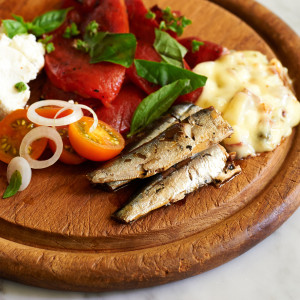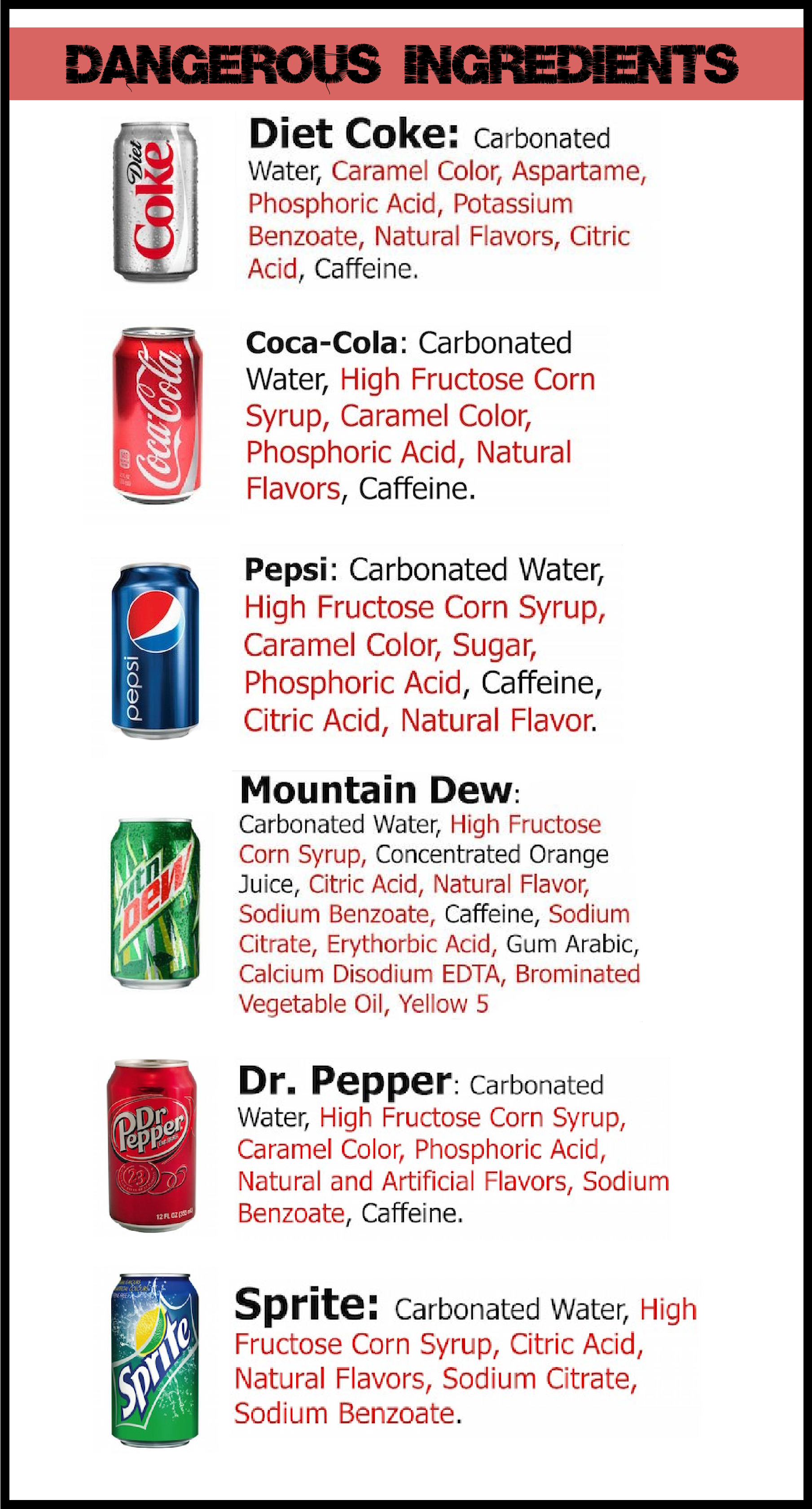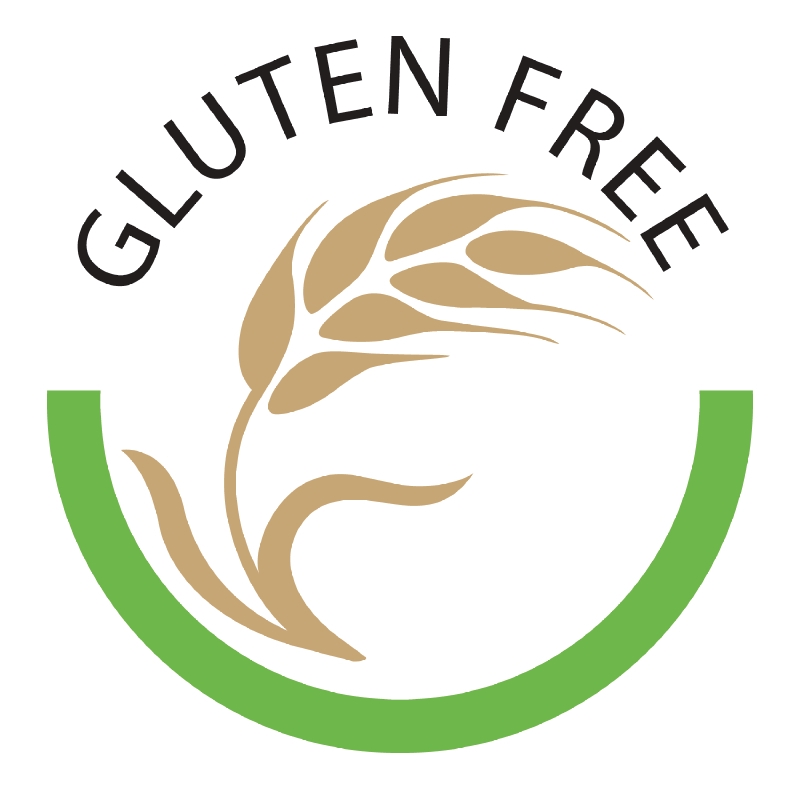Milk is not for everyone. For some, lactose intolerance causes major gastrointestinal discomfort, including gas, bloating, cramping, and diarrhea or constipation. This is because the body lacks production of the enzyme, lactase, which breaks down milk sugars, called lactose. Other individuals may simply have an aversion to the taste of milk. The biggest question they ask is “where can I get calcium if I don’t like milk?” There are food sources that have ample amounts of calcium that can be consumed to help support necessary levels of this vital mineral.
Calcium is responsible for strong bones and teeth, regulating heart rhythm, and supports nerve and muscle function. It is a very common nutrient deficiency, and low of levels can lead to osteoporosis, osteoarthritis, muscle cramps, irritability, anxiety and raises the risk of colon cancer. Dairy sources of calcium such as 2% Greek yogurt, and cheeses such as Romano, Swiss, Ricotta, provolone and feta provide from 200-450 mg of calcium per serving. For those who can’t tolerate cheeses or yogurt, non-dairy sources of calcium are a must-have in the diet.
From research gathered at the Institute of Functional Medicine, “Both calcium content and bioavailability should be considered when selecting dietary sources of calcium. Some plant foods have calcium that is well absorbed, but the large quantity of plant foods that would need to be consumed to provide as much calcium as there is in a glass of milk may be unachievable for many. Many other calcium-fortified foods are available, but the percentage of calcium that can be absorbed is unavailable”.
Here are the highest calcium-containing foods from non-dairy sources:
1. Atlantic sardines, packed in oil, and drained = 325mg
2. Canned and drained pink salmon = 181mg
3. Cooked collard greens = 178mg
4. Cooked spinach = 146mg
5. Raw soy beans (steamed) = 130mg
6. Atlantic ocean perch = 116mg
7. White beans = 96mg
8. Cooked kale = 90mg
There are alternatives to traditional dairy sources when choosing calcium-rich foods. Whether your body can’t tolerate milk products or it’s a matter of taste, you can still get calcium in your diet. Take advantage of the alternative calcium-rich food choices in order to maximize the amount of calcium consumed and absorbed during digestion and nutrient assimilation in the body.
Contributed by Terri Caunt R.N., B.S.N.







